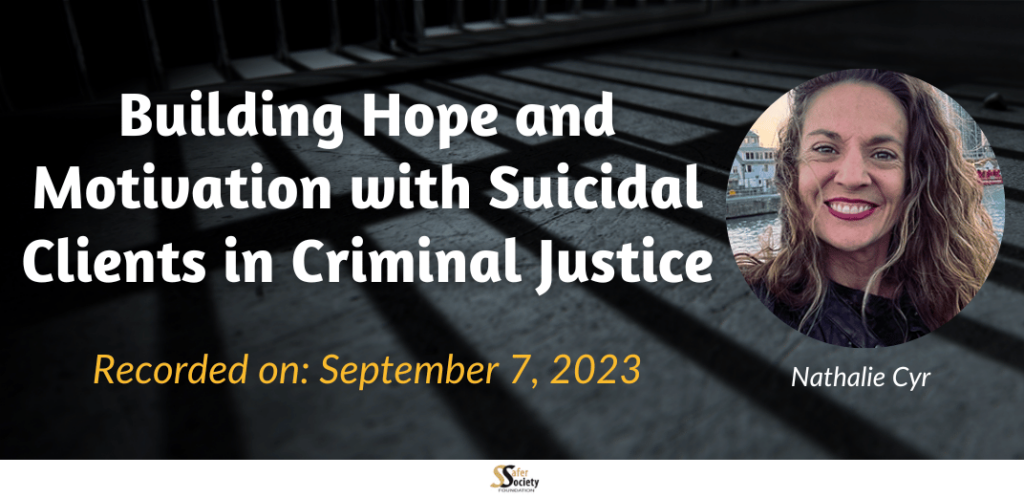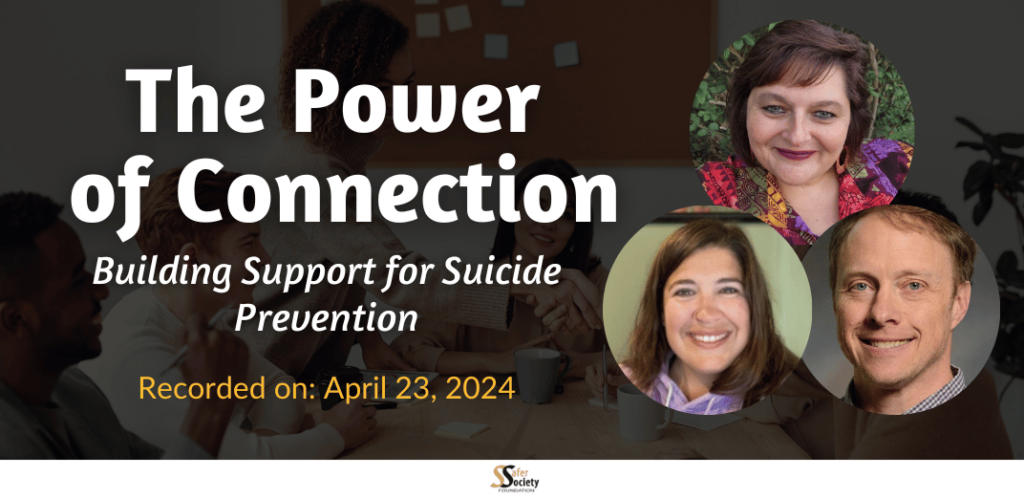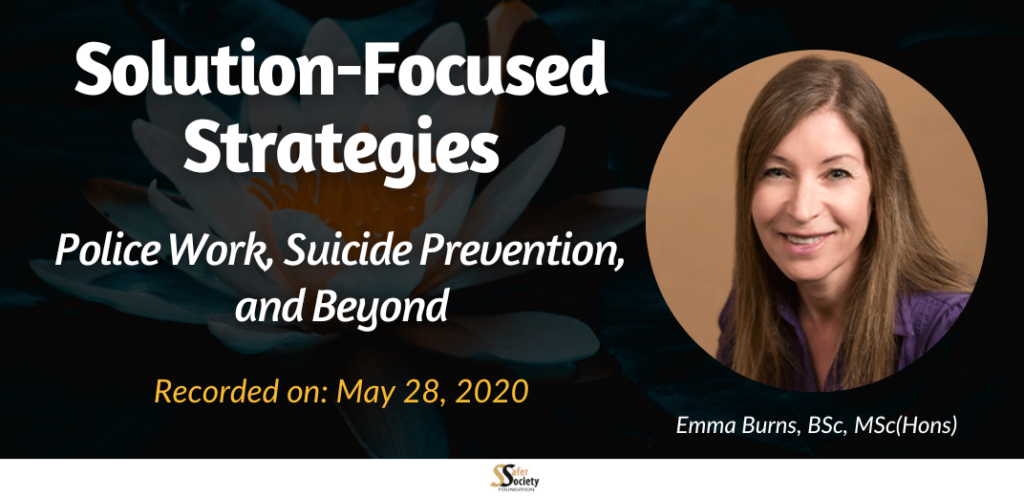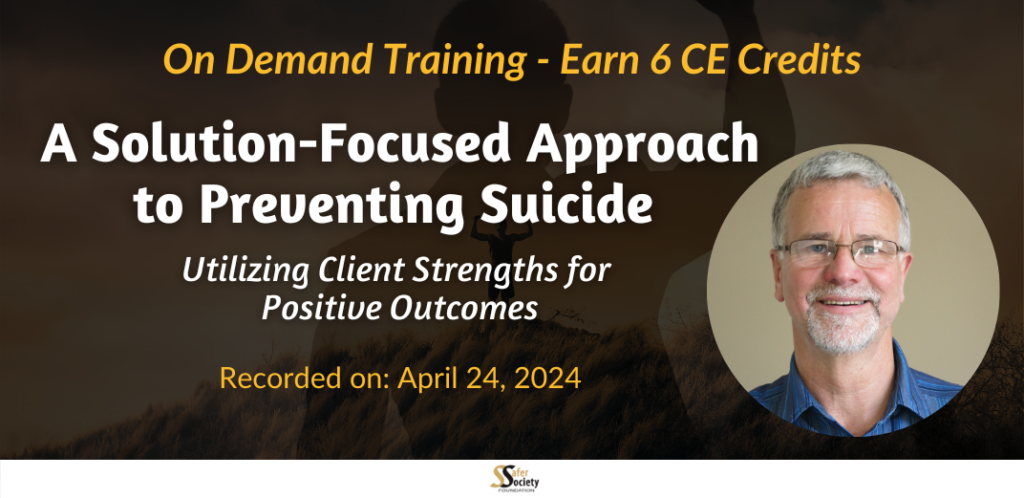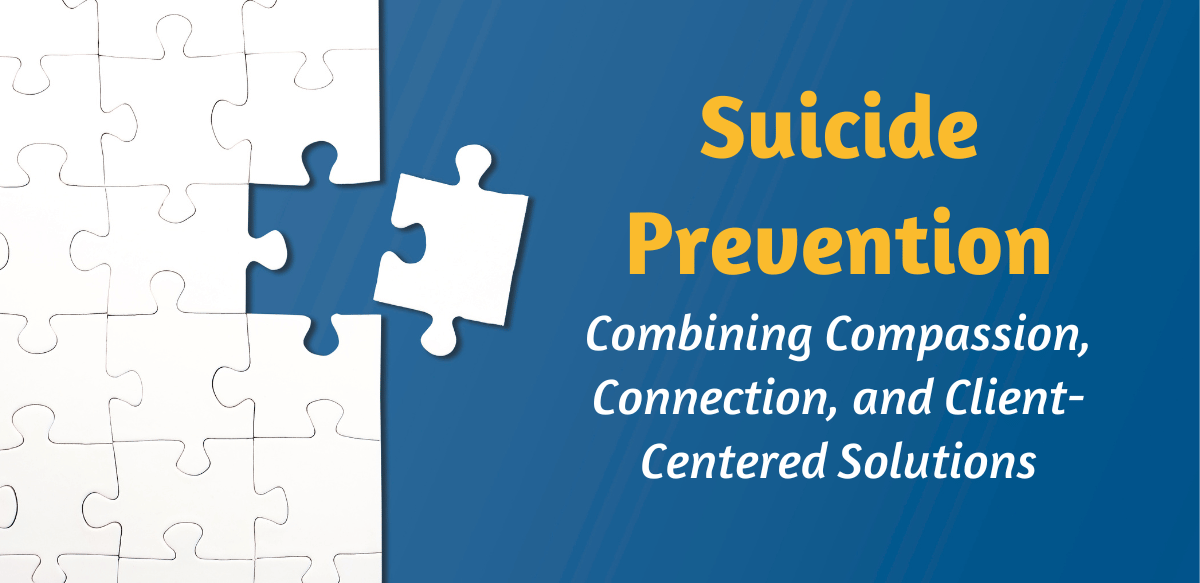
September is National Suicide Prevention Month, and the results from the 2023 Substance Use and Mental Health Services Administration (SAMHSA) survey reveal concerning trends that warrant closer examination. Among adolescents aged 12–17, approximately 12% reported having serious thoughts of suicide. While this percentage may seem low, it translates to approximately 3.2 million young individuals grappling with such thoughts. About 5.5% of adolescents in the survey indicated they had actually made a plan to end their lives. Again, the percentage may seem small, but it translates to approximately 1.5 million adolescents who reported having taken concrete steps toward ending their lives. Perhaps most alarmingly, 3% of respondents reported attempting suicide in 2023. This percentage equates to over 800,000 adolescents.
Of course, the problem doesn’t only exist among adolescents. The SAMHSA survey also reveals significant suicide-related issues with adults. Among individuals aged 18 and over, 5% reported having experienced serious thoughts of suicide—that’s nearly 13 million adults grappling with suicidal ideation. in the 2023 survey, approximately 3.7 million adults reported that they had formulated a suicide plan, with about 1.5 million reporting that they actually attempted to end their lives.
These startling numbers highlight the critical need for comprehensive suicide prevention strategies and mental health support systems for all.
National Strategy for Suicide Prevention
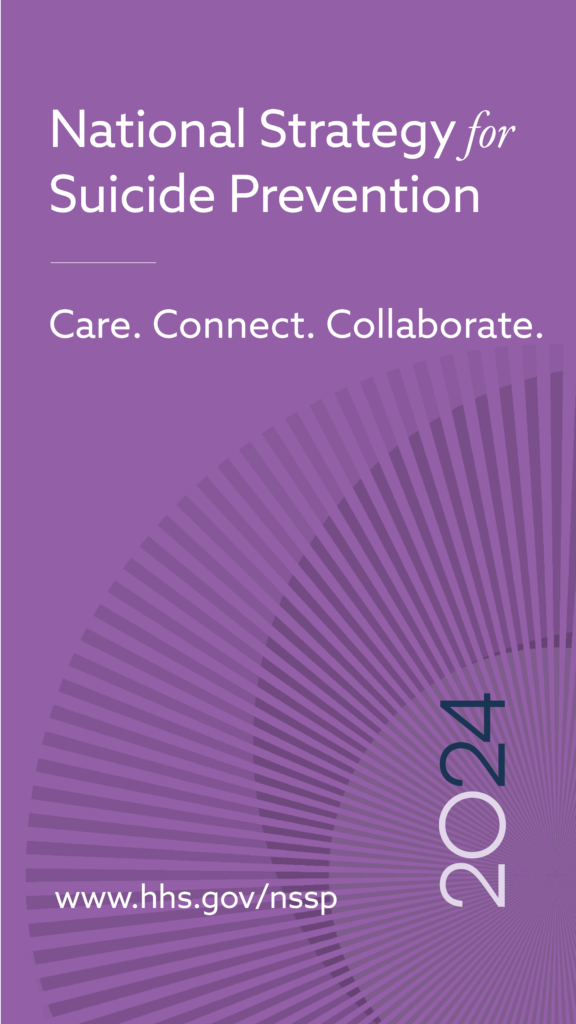
In 2024, The Department of Health and Human Services (HHS) and the National Action Alliance for Suicide Prevention jointly created a comprehensive national strategy for suicide prevention. That document outlines four strategic directions that must be addressed across many levels of society, from federal government agencies to state and local governments, including mental health professionals from all backgrounds.
Strategic Direction 2 is particularly relevant to mental health professionals and encourages us to “implement effective suicide prevention services as a core component of health care.” This aligns with a number of the online offerings of Safer Society’s Continuing Education Center, which have showcased evidence-based techniques and programs employed by professionals working directly with clients in crisis. A few of those offerings are discussed below.
Building Hope and Motivation
Natalie Cyr brings a unique approach to suicide intervention that combines elements of the ASIST (Applied Suicide Intervention Skills Training) model with motivational interviewing techniques. The key strategy she emphasizes is accompanying the person towards safety rather than trying to fix their problems or challenge their thoughts directly. This approach involves connecting with the person and creating a safe space for them to express their thoughts and feelings about suicide. Cyr focuses on listening for ambivalence (i.e., listening for expressions of both pain/despair and hope within the same conversation) and reflecting it back to the person, particularly highlighting the part of themselves that wants to live. The goal is to help the person stay safe “for now” without pressuring them to commit to staying alive forever. This method involves creating a safety plan that includes disabling immediate threats and enhancing connections to life. Importantly, Cyr’s approach empowers the person by respecting their autonomy and not rushing them into solutions.
The Power of Connection

The power of human connection is a crucial protective factor against suicide. Kathleen Kilbourne, Kirk Postlewaite, and Cristina Maddocks of Vermont’s Center for Health and Learning emphasize a key strategy for mental health professionals: the importance of asking direct questions when interacting with individuals at risk. Questions such as “Are you thinking about taking your own life?” or “Are you thinking about suicide?” should not be avoided. Contrary to common myths, asking such direct questions does not increase risk or plant the idea of suicide. Rather, it can provide relief and facilitate open communication for someone who is struggling.
Additionally, it is essential to normalize conversations about mental health struggles and emotional distress. The panel emphasized that it is crucial to create safe spaces where people feel comfortable discussing their emotional challenges without fear of judgment or stigma. By fostering these supportive spaces, we can encourage more candid discussions about mental health, ultimately enhancing the well-being of those in need.
Solution-Focused Approach to Preventing Suicide
John Henden, a psychologist and counselor with over 20 years of experience, advocates for the solution-focused approach to suicide prevention. This method emphasizes identifying and leveraging clients’ existing strengths, coping mechanisms, and support systems, rather than focusing on deficits.
One of the innovative techniques Henden suggests is the use of “presuppositional language” when talking with clients contemplating suicide. This is a way of speaking that gently nudges clients to think about future solutions instead of dwelling on past or current roadblocks. For example, instead of saying to a client, “Let’s talk about the problems you encountered this week”, therapists could instead say, “First, what problem would you like to solve this week – A or B?”. This manner of speaking not only empowers the client by giving them a choice (A or B), but it implicitly suggests that both problems are solvable, and, through the use of the word “first,” you presuppose that something is second and is going to happen and also lead to solutions. By framing conversations in this manner, an environment is created that encourages forward-thinking and problem-solving while simultaneously building the client’s confidence in their ability to overcome challenges.
Emma Burns, BSc, MSc(Hons) adds a New Zealand perspective on Solution-Focused Therapy (SFT) within the context of suicide prevention. She emphasizes the importance of helping individuals envision a future without suicidal thoughts or behaviors by exploring their coping strategies, reasons for living, and available resources through SFT.
Combining Compassion, Connection, and Client-Centered Solutions
The approaches discussed, while distinct in their specific emphasis, are highly complementary in nature. By creating a secure and empathetic space for our clients, identifying their inner capabilities and resilience, and guiding them toward solutions, we can provide holistic, person-centered support.
The integration of these approaches unlocks a range of benefits, including:
- Ensuring client safety
- Empowering individuals through the identification and utilization of personal strengths
- Cultivating motivation towards a more optimistic future outlook
Suicide prevention is ongoing, but with these client-centered approaches, we are better positioned than ever to make a lasting, positive impact on those who need it most.
A Collaborative Approach to Prevention

Addressing suicide prevention requires a multi-faceted, community-wide effort. By working together, we can create stronger, more compassionate communities that support mental health and well-being for all.
This Suicide Prevention Month, let us recommit ourselves to being allies and advocates for those struggling with suicidal thoughts. By creating safe, supportive spaces and fostering human connections, we can make a meaningful difference in suicide prevention efforts.
Safer Society’s Resources on Suicide Prevention
At Safer Society, we’re committed to providing resources and trainings that align with the themes of the national strategy for suicide prevention. These presentations and webinars offer further detail about each of the approaches described above, and valuable insights for professionals working with at-risk individuals:
Webinars
Trainings
Solution-Focused Approach to Preventing Suicide
Presented by John Henden, MBACP FRSA
Additional Resources:
- World Health Organization Suicide Fact Sheet
- New National Strategy for Suicide Prevention Reflects Today’s Challenges

